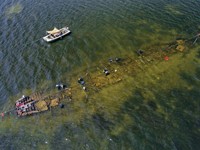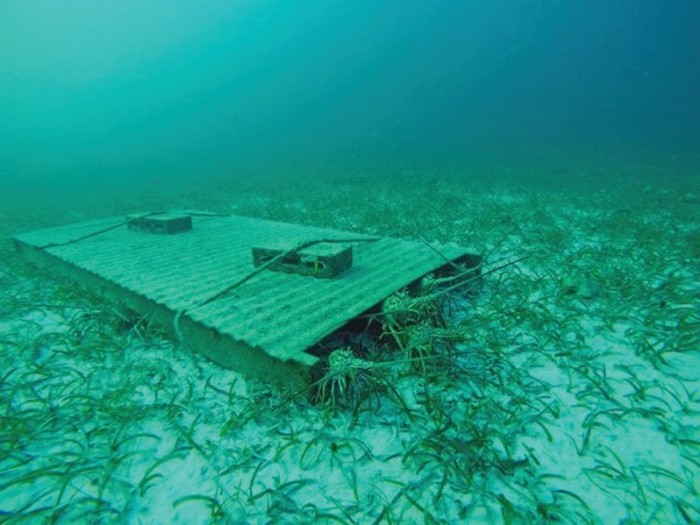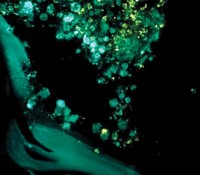Advertisement
Grab your lab coat. Let's get started
Welcome!
Welcome!
Create an account below to get 6 C&EN articles per month, receive newsletters and more - all free.
It seems this is your first time logging in online. Please enter the following information to continue.
As an ACS member you automatically get access to this site. All we need is few more details to create your reading experience.
Not you? Sign in with a different account.
Not you? Sign in with a different account.
ERROR 1
ERROR 1
ERROR 2
ERROR 2
ERROR 2
ERROR 2
ERROR 2
Password and Confirm password must match.
If you have an ACS member number, please enter it here so we can link this account to your membership. (optional)
ERROR 2
ACS values your privacy. By submitting your information, you are gaining access to C&EN and subscribing to our weekly newsletter. We use the information you provide to make your reading experience better, and we will never sell your data to third party members.
Environment
Spiny lobster relies on deep-sea vent chemistry
The Caribbean crustacean’s food chain contains bacteria that generate energy using sulfur oxidation, showing that chemosynthesis supports a multi-million-dollar fishing industry
by Sarah Everts
December 8, 2016
Spiny lobsters have landed on many a dinner plate, but now scientists have found that the tasty crustaceans have a peculiar dining preference of their own. These Caribbean lobsters eat a curious clam that gets its energy from bacterial chemical reactions, a common feature of deep-sea vent creatures. The work calls into question the widely held assumption that shallow-water food webs rely entirely on photosynthesis. In fact, chemosynthesis—getting energy from redox reactions instead of light—may also play key ecosystem roles beyond deep-sea communities.

“For a long time, chemosynthesis in shallow waters was seen as an interesting oddity,” says the University of Plymouth’s Nicholas D. Higgs, whose team made the discovery. “We’ve shown it supports a multi-million-dollar lobster industry.”
While snorkeling in the Caribbean after his wedding in the Bahamas, Higgs noticed broken, empty clam shells from a species called Codakia orbicularis, which has relatives that live in deep-sea vents, an ecosystem he studies. Knowing that C. orbicularis relies on symbiotic bacteria that generate energy by oxidizing sulfur, Higgs wondered what underwater creature was eating the clam.
His team fingered the spiny lobster as the clam’s predator using isotope analysis. By measuring sulfur, nitrogen and carbon ratios in both the clam and the lobster, they discovered that the clams make up 20% of the lobster’s diet (Curr. Biol. 2016, DOI: 10.1016/j.cub.2016.10.034).
“If we look at isotopes in other fisheries—not just the most common ones, carbon and nitrogen, but also sulfur for the marker of sulfide oxidation—we might find other examples of chemosynthesis being important to fisheries,” says Jennifer Glass, a biogeochemist at Georgia Institute of Technology.
Jillian Petersen at the University of Vienna points out that scientists didn’t discover organisms living off chemosynthetic bacteria until they explored spectacular, deep-sea hydrothermal vents. Meanwhile, such symbiotic relationships existed in easily accessible shallow waters. Higgs’s discovery, she says, adds to this irony.
“We not only missed what was in our own backyard,” she says, “but also we failed to see what was on our own dinner plate—that some of the fisheries our economies rely on, and whose products we consume, are in part powered by chemosynthesis.”






Join the conversation
Contact the reporter
Submit a Letter to the Editor for publication
Engage with us on Twitter